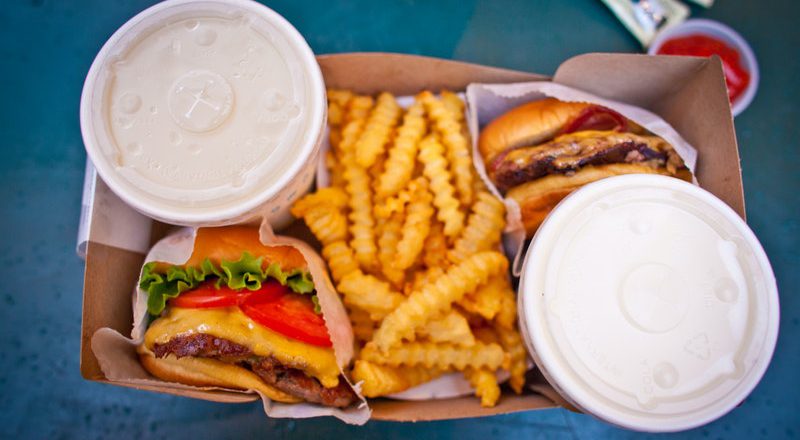With The Right Kind Of Help Low-Income Families Can Also Benefit From Cheaper Solar Power
Until recently, rooftop solar panels were a clean energy technology that only wealthy Americans could afford. But prices have dropped, thanks mostly to falling costs for hardware, as well as price declines for installation and other “soft” costs.
Solar power is becoming more common for households at all income levels. These homes in Richmond, California, went solar with the help of GRID Alternatives.
GRID Alternatives, CC BY-ND
Today hundreds of thousands of middle-class households across the U.S. are turning to solar power. But households with incomes below the median for their areas remain less likely to go solar. These low- and moderate-income households face several roadblocks to solar adoption, including cash constraints, low rates of home ownership and language barriers.
Our team o...

